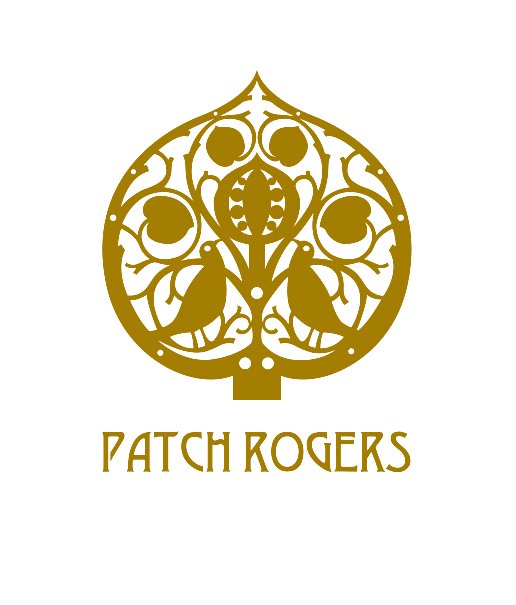ART & CRAFTS CHAIR BY CHARLES ROBERT ASHBEE
ART & CRAFTS CHAIR BY CHARLES ROBERT ASHBEE
Arts & Crafts rare and important chair
Original oak stained green finish
Each side has an inlaid panel of flowers with mother of pearl highlights
Designed by C R Ashbee for The Guild of Handicraft
Circa 1900
Charles Robert Ashbee (1863-1942) was an architect, designer, romantic socialist and one of the most prominent leading lights of the Arts & Crafts Movement, alongside William Morris. Ashbee established the Guild of Handicraft in 1888 in east London with the aim of teaching and keeping alive traditional craft making skills. Alongside Ashbee there were four founding members, John Pearson and John Williams, metal workers, Charles V Adams, cabinet maker and Fred Hubbard a decorative artist and administrator. The Guild operated as a co-operative and specialised in metal working, jewellery, enamels, copper and iron work and furniture. They became a great success, opening a shop front in Brook Street, off Bond Street and by 1900 they held a Royal Warrant from Queen Victoria.
Ashbee designed most of the Guild’s furniture, although it also executed designs by Mackay Hugh Baillie Scott. In 1897 Ashbee and Baillie Scott were commissioned by Ernest Ludwig, Grand Duke of Hesse to redecorate and furnish the dining and sitting rooms at Darmstadt Palace with the Guild of Handicraft executing the designs for furniture, metalwork and light fittings. Around this time the Guild was approached by Ambrose Heal to manufacture his first bedroom suite designs. The success of these and the lack of ability to expand the Guild’s workshops, led to Heals creating its own cabinet making factory and recruiting Ashbee’s foreman Charles V Adams and other Guildsmen to move over to Heals.
Ashbee had continued his architectural practice but longed to create a utopian rural community, eventually moving the Guild to Chipping Camden in 1902. Around 150 tradesmen and their families moved to the Cotswolds, creating a centre for craft and design. The Guild flourished for the first few years, becoming one of the foremost Arts & Crafts workshops of the time but was liquidated in 1908 when the market had become saturated and traditional craft could not compete with the increasing machine-made items. However, key workers in each trade were encouraged to take on their own workshops and run them independently. Ashbee remained in the area until 1919. George Hart was a silversmith with the Guild when it moved to Chipping Camden and the workshops continue to be run by family members.
The Guild of Handicrafts produced an extensive body of work of which the furniture is the rarest of Guild items.






